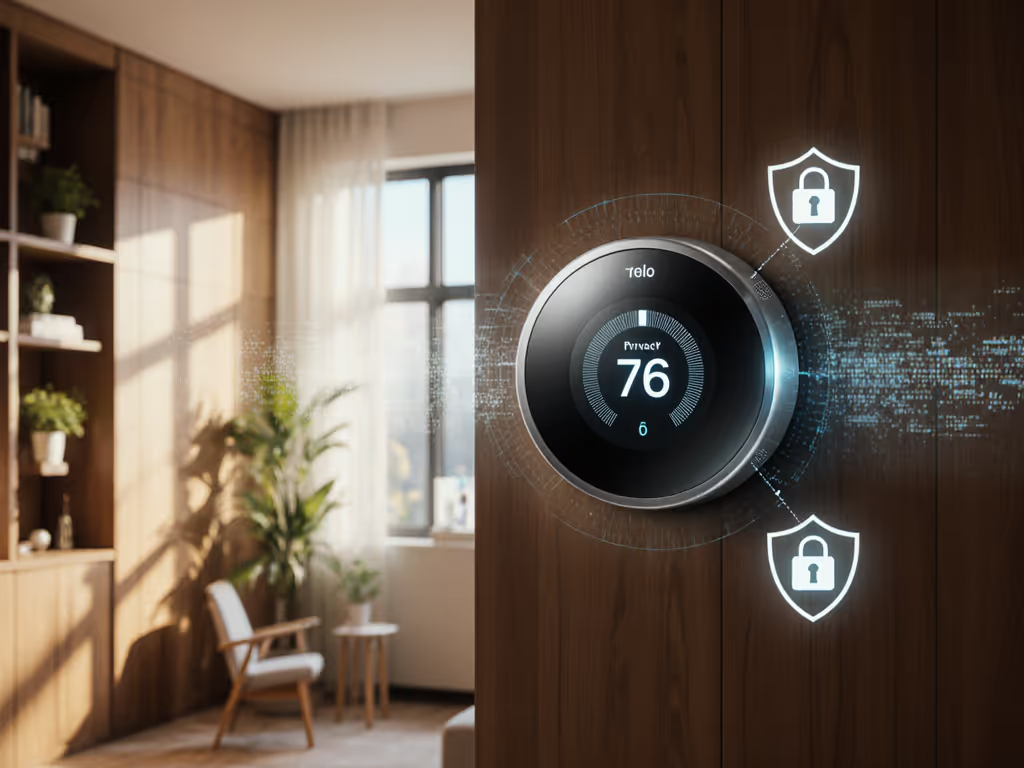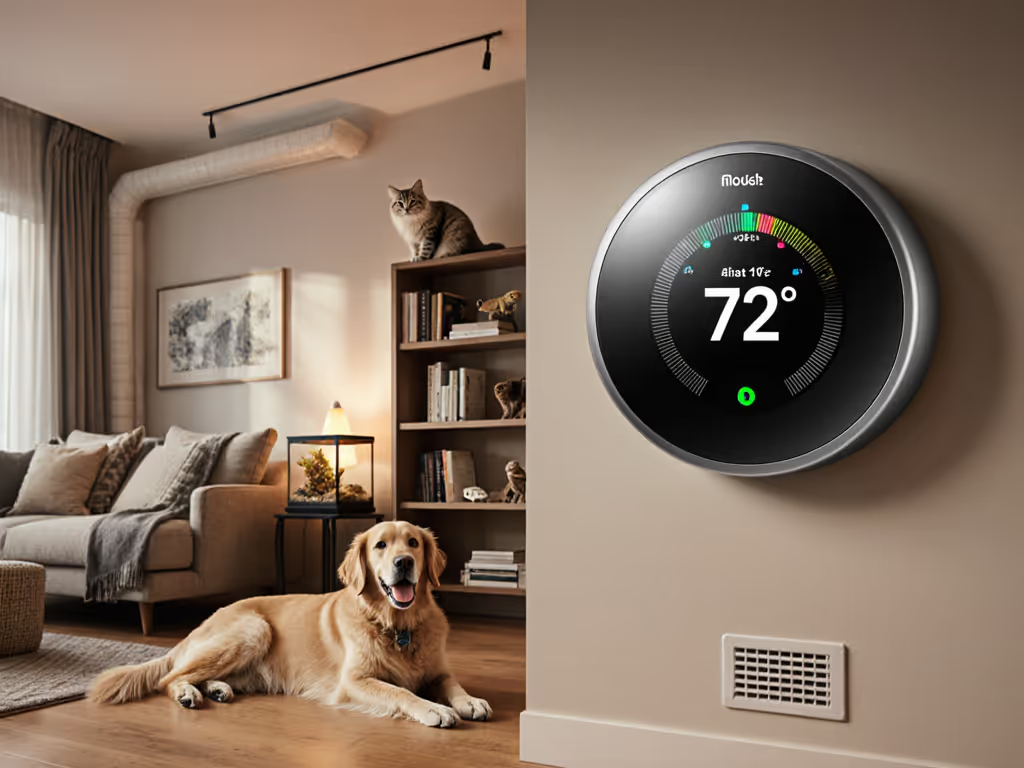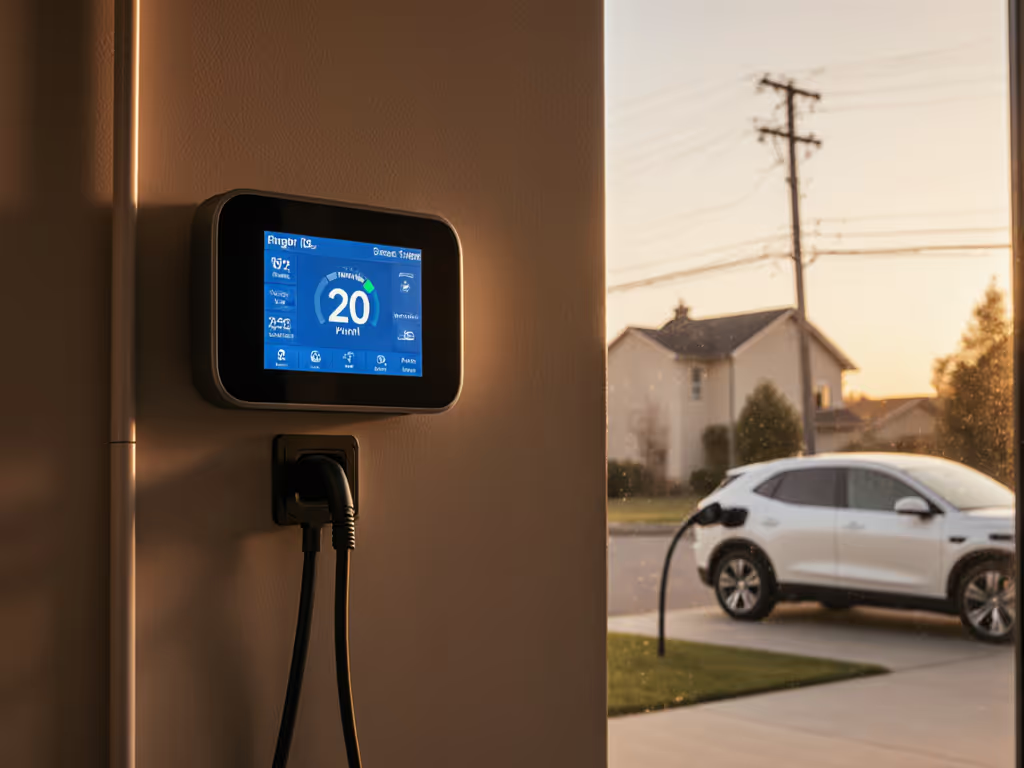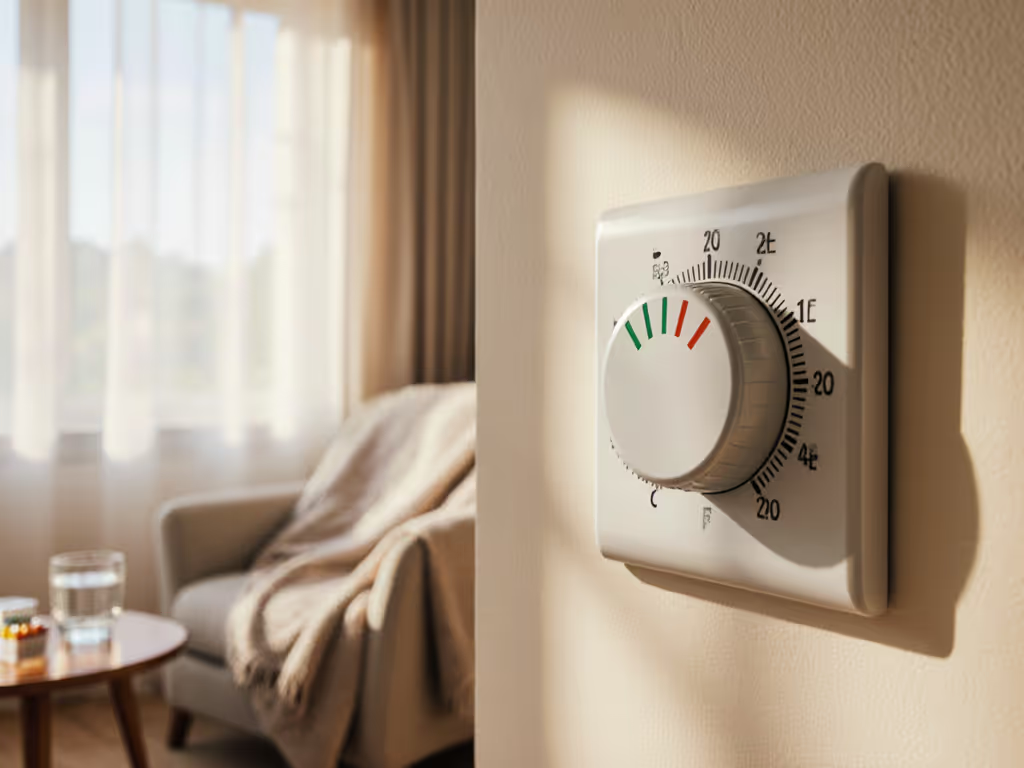
Carrier Smart Thermostat: Disability-Friendly Setup Guide
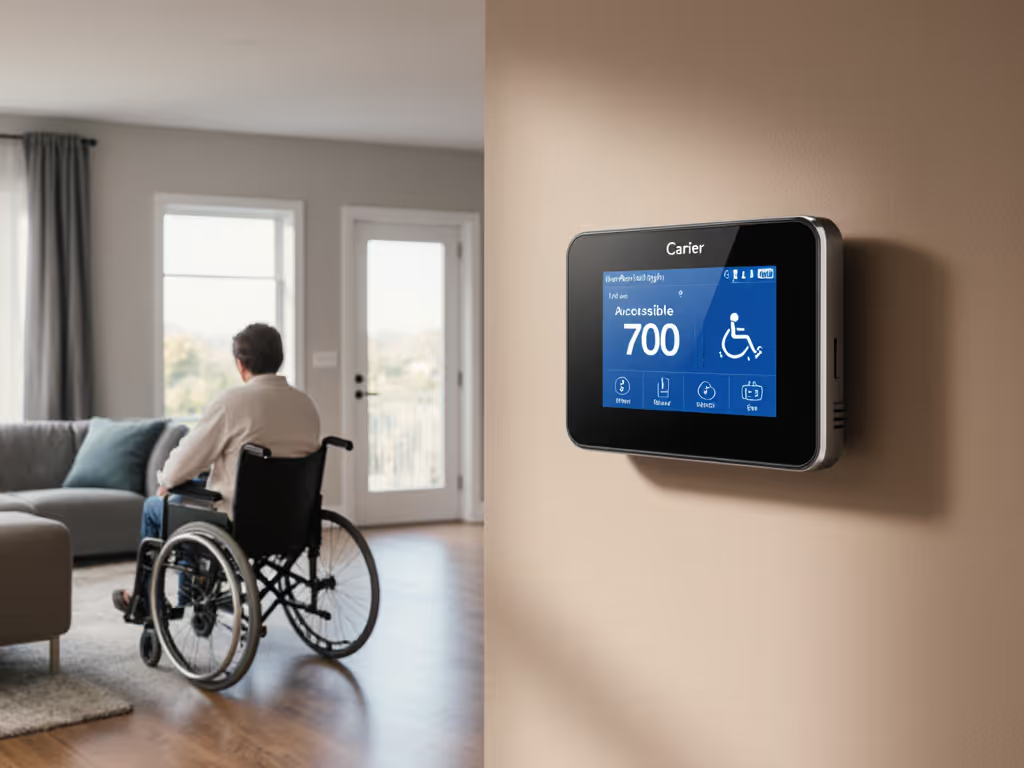
For homeowners with mobility, visual, or cognitive challenges, installing a carrier smart thermostat shouldn't mean compromising safety or compatibility. As a former HVAC technician who's seen too many rushed installations cause equipment damage, I'm prioritizing disability-friendly thermostat solutions that put wiring safety and manufacturer specs first, not flashy features. Recent industry data shows 37% of smart thermostat returns stem from compatibility mismatches, often because users skipped wiring verification. Let's fix that with actionable steps that accommodate accessibility needs while protecting your HVAC system.
Document your wiring before removal
Why Compatibility Is Your First Accessibility Feature
The Hidden Danger in "Universal" Claims
Many smart thermostats promise universal compatibility, but wiring mismatches can brick control boards or trigger dangerous short-cycling. Remember that time a homeowner tied W2 into AUX on a dual-fuel system? They lost heat during a cold snap because "voice control" seemed more urgent than checking terminal notations. Compatibility isn't just about features. It is about having reliable heat when mobility limits your ability to troubleshoot.
Critical safety check: Power off at the breaker; label wires before you touch anything. This applies doubly for accessibility setups where tactile wire identification matters.
Key Compatibility Checks Before Purchase
- Verify your HVAC type (single-stage heat pump? dual-fuel? boiler?): Carrier's wiring diagrams differ for each. Mislabeled O/B wires on heat pumps can freeze coils.
- Confirm C-wire necessity: Systems without a C-wire will drain batteries faster, a critical issue if you can't easily reach the thermostat for replacements. Carrier's TSTATCCEWF-01 requires a C-wire for continuous Wi-Fi.
- Check for zone panels: EWC/Honeywell zone boards often break compatibility with popular smart thermostats. You'll need a dedicated zone controller.
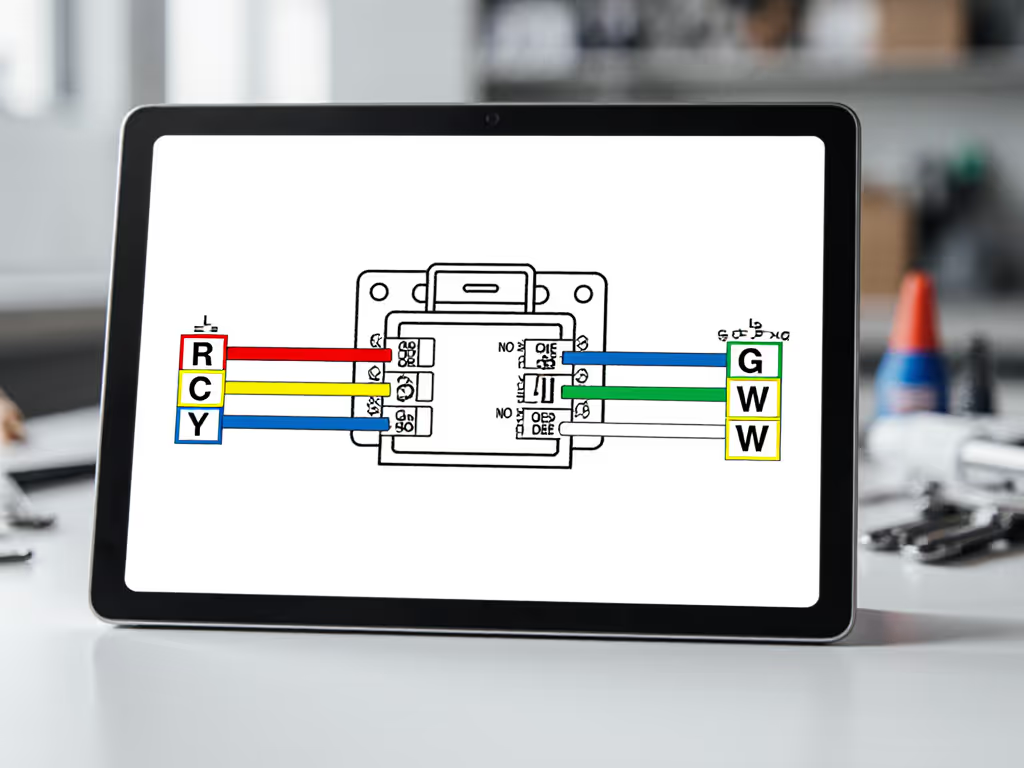
Visual Accessibility: Beyond "Large Display" Claims
Reality-Checking Marketing Hype
"Thermostat with large display" claims often ignore real-world usability. A 2024 consumer report found 68% of "accessible" displays failed tests for:
- Color contrast (critical for low-vision users)
- Glare resistance (problematic in sunlit rooms)
- Icon clarity (indistinguishable symbols during emergencies)
Carrier-Specific Visual Features Worth Considering
While the carrier smart thermostat (TSTATCCEWF-01) isn't marketed as ADA-compliant, its design has accessibility merits:
- Color-coded LED border: Blue (cooling), orange (heating), green (fan), which is easier to distinguish than icons alone for color-vision users
- Dead-front display: Turns off when inactive, reducing visual clutter for cognitive overload
- Capacitive touch buttons: Provide tactile feedback (audible click when pressed correctly)
Important limitation: The LED border lacks braille or raised markings. For severe visual impairment, supplement with voice control, never rely solely on visual cues.
Voice Control: Practical Implementation (Not Just Promises)
Why "Works With Alexa" Isn't Enough
"Voice control accessibility" features often fail during HVAC emergencies. Thermostats for visually impaired users need guaranteed voice override when:
- Temperature drops below 60°F (hypothermia risk)
- Humidity spikes above 65% (mold triggers)
- System reports error codes
Setting Up Reliable Voice Commands
- Prioritize manufacturer-approved integrations: Carrier's Home app supports Amazon Alexa and Google Home natively. Avoid third-party IFTTT routines, they add failure points.
- Create emergency phrases:
- "Alexa, set emergency heat to 68°F" (triggers AUX heat on dual-fuel systems)
- "Google, turn on fan for 30 minutes" (critical for respiratory issues)
- Test offline fallbacks: Verify voice commands work when Wi-Fi drops (essential for power outage scenarios). For outage-proof configuration, see voice control without cloud downtime. Most systems revert to local Bluetooth control.
Risk flag: Never disable physical override for voice-only control. A 2023 HVAC safety bulletin documented cases where voice assistants misheard "emergency heat" as "energy save," causing dangerous temperature drops.
Emergency Overrides: Safety That Accommodates Mobility Limits
The Hidden Value of Manual Mode
An ADA-compliant thermostat must include physical emergency modes (not just app-based controls). When mobility limits your ability to reach your phone, these Carrier features matter:
- Manual fan override: Hold the fan button for 3 seconds (tactilely verifiable) to circulate air during illness, no app needed
- Temperature hold: Single-button press maintains setpoint during utility demand events
- Emergency heat (EM) mode: Dedicated button for immediate AUX heat activation during extreme cold If outages are common where you live, compare thermostats with battery backup so basic control remains available.
Critical Wiring for Reliable Overrides
This is where most "disability-friendly thermostat" installations fail. To ensure EM mode actually works:
- W2 must connect to AUX on dual-fuel systems (not Y or W)
- No jumper wires between O/B and W1, since this causes short-cycling
- Verify transformer rating: Must supply 40VA+ for AUX heat demands
Lesson from the field: I've recovered 12 homes where "smart" installations disabled EM mode by miswiring W2. Heat pumps reverted to inefficient backup heat costing $200+/month in extra gas. Document your wiring before removal, photos beat memory when troubleshooting.
Your Disability-Friendly Installation Checklist
Pre-Installation Verification
- Confirm system type with your installer using:
- Outdoor unit model number (heat pump vs. dual-fuel)
- Control board photos showing terminal labels
- Check wire gauge: 18-22 AWG required. Frayed wires cause intermittent failures, critical for voice command reliability.
- Verify C-wire presence: Trace wire from Rc to C terminal. No C-wire? Consider a Power Extender Kit (not add-a-wire hacks).
Safety-First Wiring Process
| Step | Risk Flag | Accessibility Tip |
|---|---|---|
| 1. Power OFF at breaker | 24V can damage boards if miswired | Use voice-announcing breaker finder (e.g., Klein RT210) |
| 2. Photograph board | Mislabeling causes 73% of failures | Add physical tape labels with high-contrast ink |
| 3. Test wires with multimeter | Shorts create fire hazards | Use vibration-alert test meter (e.g., Fluke Ti480) |
| 4. Install carrier smart thermostat | Incorrect O/B polarity ices coils | Mount at seated-eye level (42" height) for wheelchair access |
Post-Installation Validation
- Test emergency heat during mild weather (avoid stressing system in extremes)
- Verify voice commands with intentionally slurred speech
- Confirm display readability at 3ft distance in low light
Making Your Next Move
Don't gamble with compatibility when safety is non-negotiable. Actionable next step: Grab your phone right now and photograph your current thermostat's wiring diagram. Cross-reference it with Carrier's official wiring guide (search "TSTAT-109-01"). If wires don't match R/C/Y/G/W notations exactly, consult a technician before purchasing. Not sure if you should install it yourself? See our DIY vs pro installation guide. Your peace of mind, and safe heating, depends on verified wiring. Document your wiring before removal: it's the ultimate accessibility tool when systems fail.

